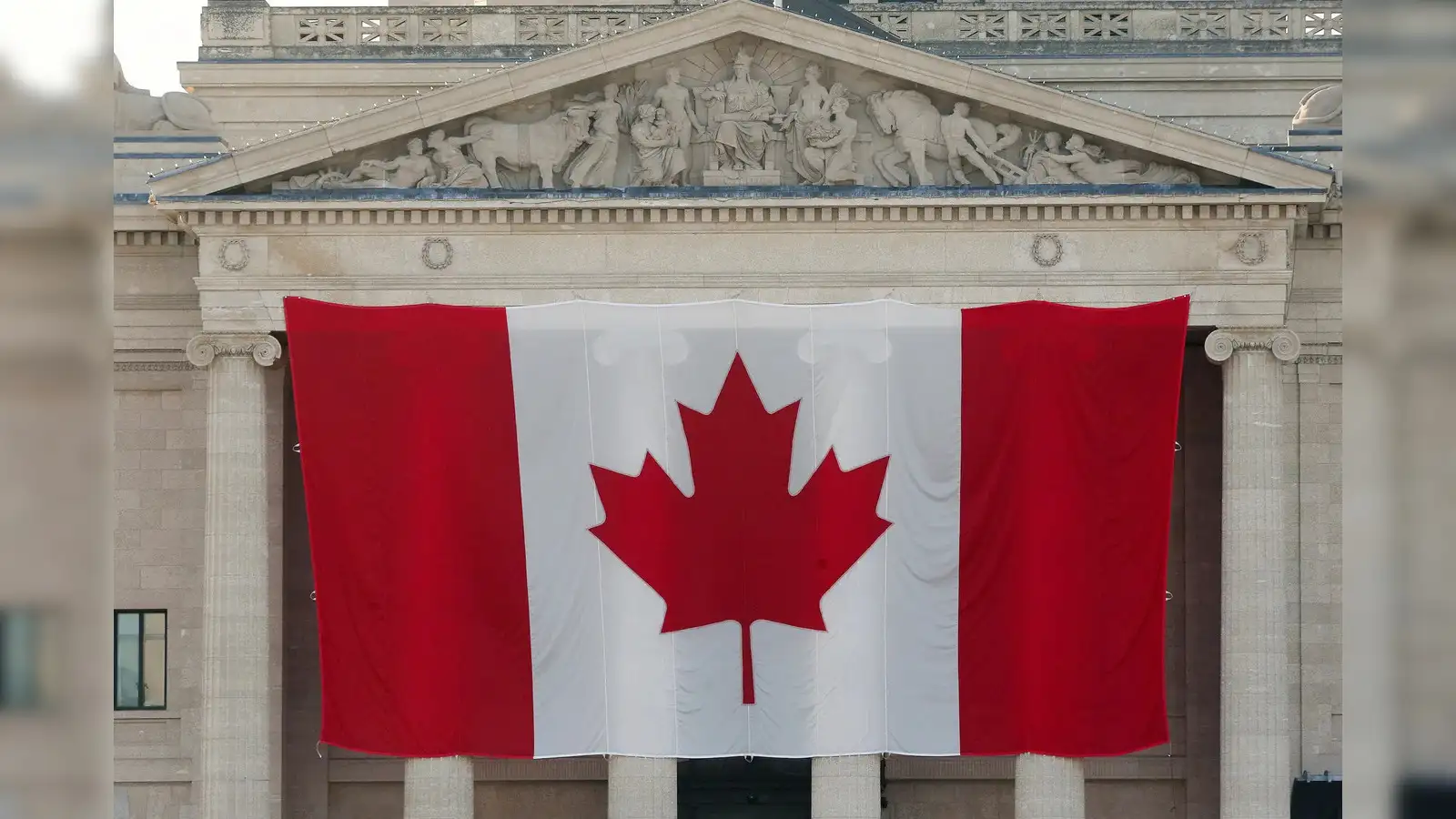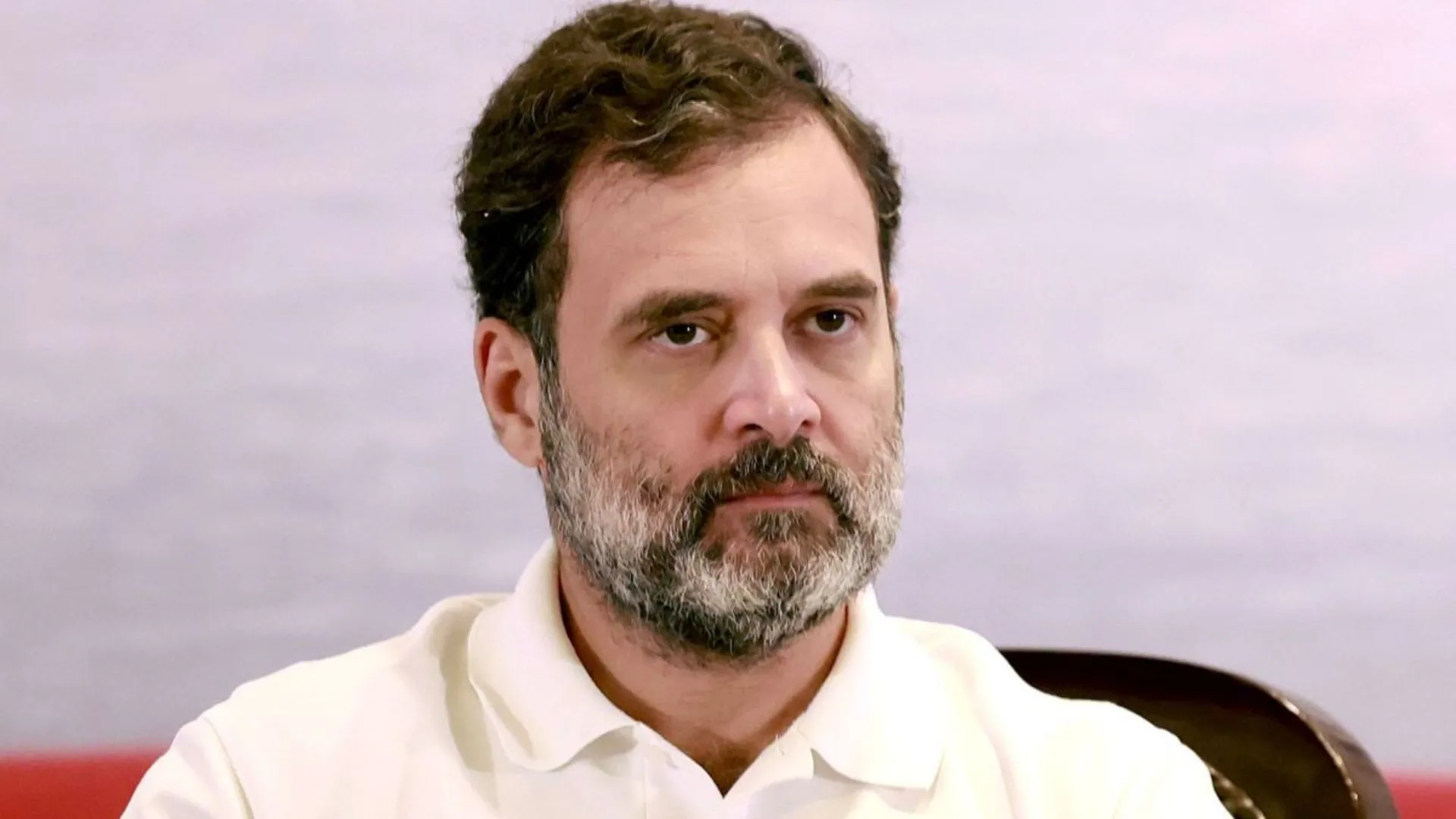On April 28, Canada will hold one of the most anticipated federal elections in recent history. With Prime Minister Mark Carney’s Liberal Party in a tight race against the Conservatives, led by Pierre Poilievre, this election has become a critical turning point in the country’s political landscape.
The race between Carney, a political newcomer with a background as a central banker, and Poilievre, a seasoned Conservative veteran, is expected to be fiercely contested. Both candidates are vying for the country’s highest office, with the outcome likely to hinge on key issues such as inflation, U.S. relations, and Canada’s future economic direction.
A Close Contest with Major Stakes
The Liberal Party, currently in power under Prime Minister Mark Carney, faces serious competition from Poilievre’s Conservatives, who are hoping to break nearly a decade in opposition. Many voters are viewing this election as a defining moment for Canada’s future, as the country grapples with rising inflation and the ongoing impact of the United States’ political actions under former President Donald Trump.
With major domestic and international issues in play, the election’s outcome could shape the country’s direction for years to come. Voters will choose between Carney’s vision for continued liberal policies and Poilievre’s call for a conservative shift, making the election too close to call.
Election Day and Result Timeline
Canada has six time zones, and polling places across the country will close at 9:30 p.m. Eastern Time. However, in British Columbia, the westernmost province, polling places close at 10 p.m. Eastern Time, giving a slight delay to the final tally. Most results will likely be available shortly after 10 p.m. on election night, although the final count will take longer.
Canada uses paper ballots, and elections staff count votes manually at each polling station. Representatives from each candidate can supervise the counting process, ensuring transparency. As the ballot boxes are not moved to central locations, initial results can be expected soon after polls close.
Mail-in and Special Ballots Delay Final Count
While in-person voting results will come in quickly, special ballots—including those from mail-in voters, military personnel, prisoners, and Canadians abroad—are typically not counted until after the election day results are announced. This delay is designed to ensure that all eligible votes are properly verified.
Mark Carney vs. Pierre Poilievre: The Final Showdown
Carney, who is running for the first time in a political race, brings a wealth of experience from his past roles in central banking. His leadership on issues such as economic recovery from the COVID-19 pandemic and climate change has positioned him as a strong contender. However, he faces stiff opposition from Poilievre, a seasoned Conservative who has long championed fiscal responsibility and smaller government.
While other political parties, such as the New Democrats and Bloc Québécois, are participating, most observers believe the race is primarily between Carney and Poilievre. As both candidates engage in an increasingly heated campaign, voters will have to decide whether they want to continue the policies of the Liberal government or opt for a shift towards Conservative governance.
Key Issues: Inflation and U.S. Relations
A major issue shaping the election is inflation, with many Canadians facing higher costs for everyday goods. Carney’s handling of inflation and economic recovery will be a key topic in the final days leading up to the election. Additionally, Canada’s relationship with the United States, particularly in light of the political instability caused by former President Trump’s actions, has also played a significant role in the race.
The Historic Importance of This Election
This election is poised to be a historic moment in Canadian politics, not only because of the close race but also due to the broader implications for the country’s future. With the national economy, international relations, and key domestic policies at stake, the April 28 election could set the course for Canada’s next chapter.
As the nation prepares for election day, all eyes will be on the results. Will Mark Carney secure a mandate for the Liberals, or will Pierre Poilievre lead the Conservatives back into power after almost a decade in the opposition? Only time will tell, but this election will undoubtedly be remembered as one of the most closely watched in Canada’s modern history.
ALSO READ: Canada Federal Elections 2025: Key Candidates, Issues And All You Need To Know























